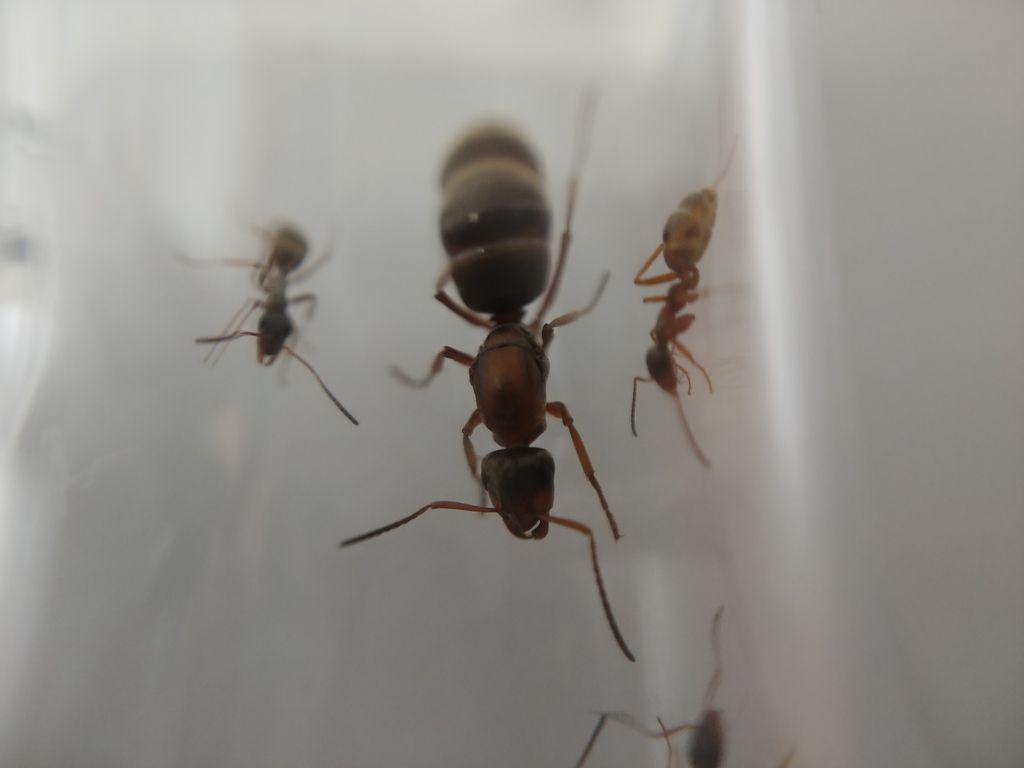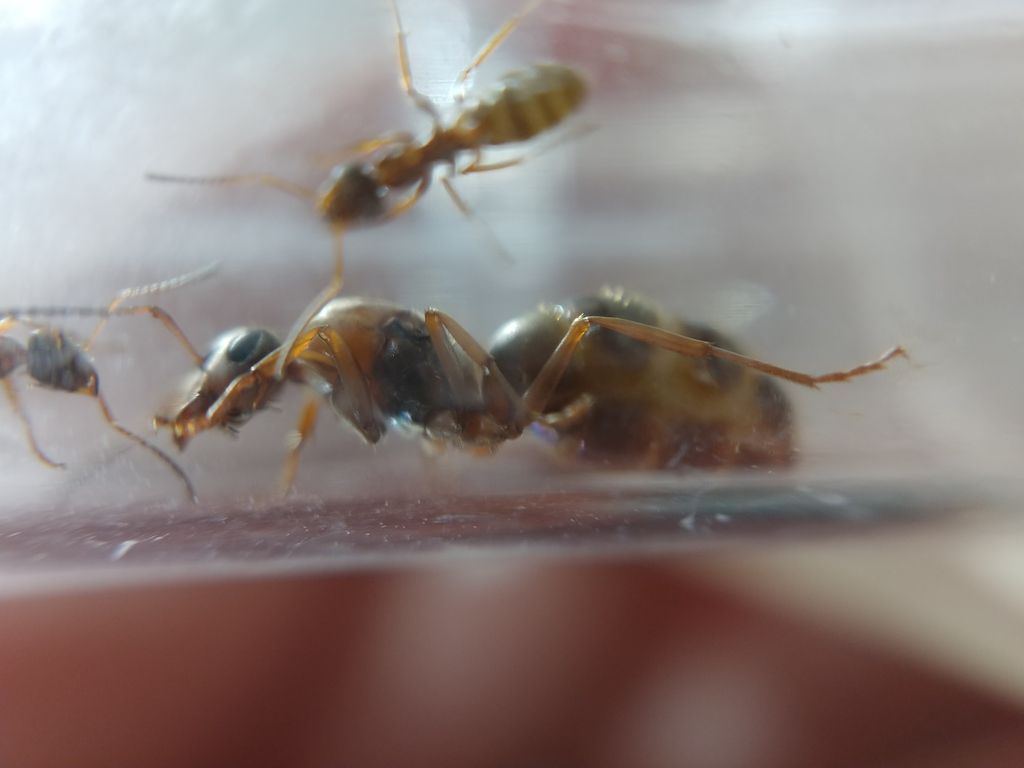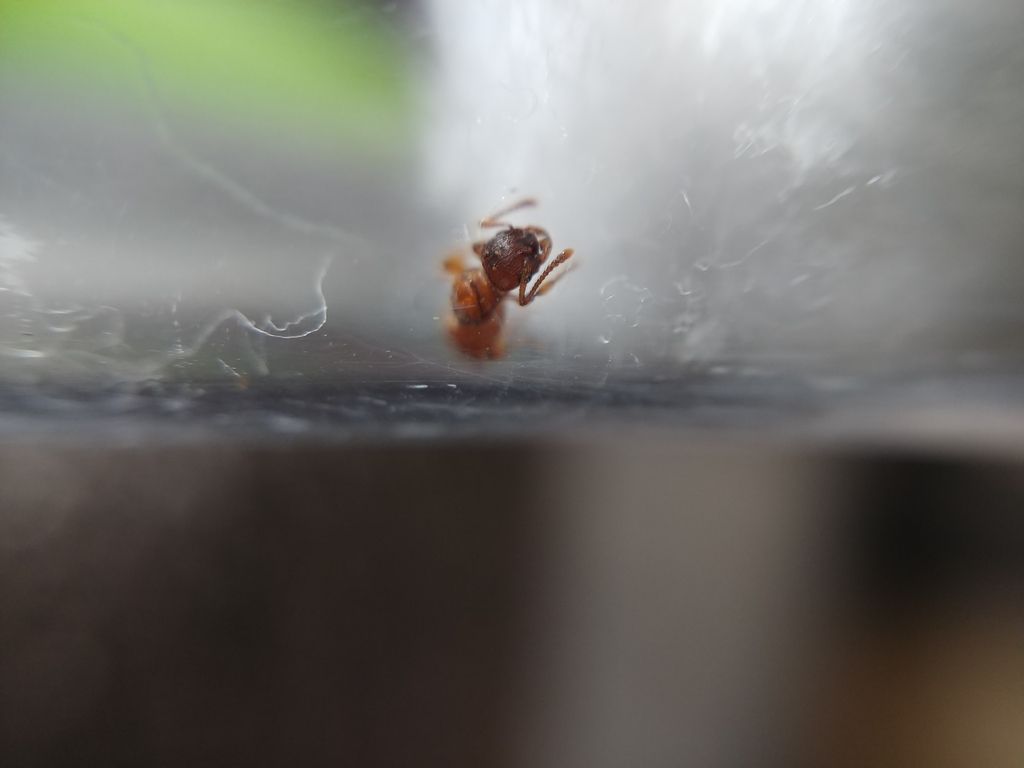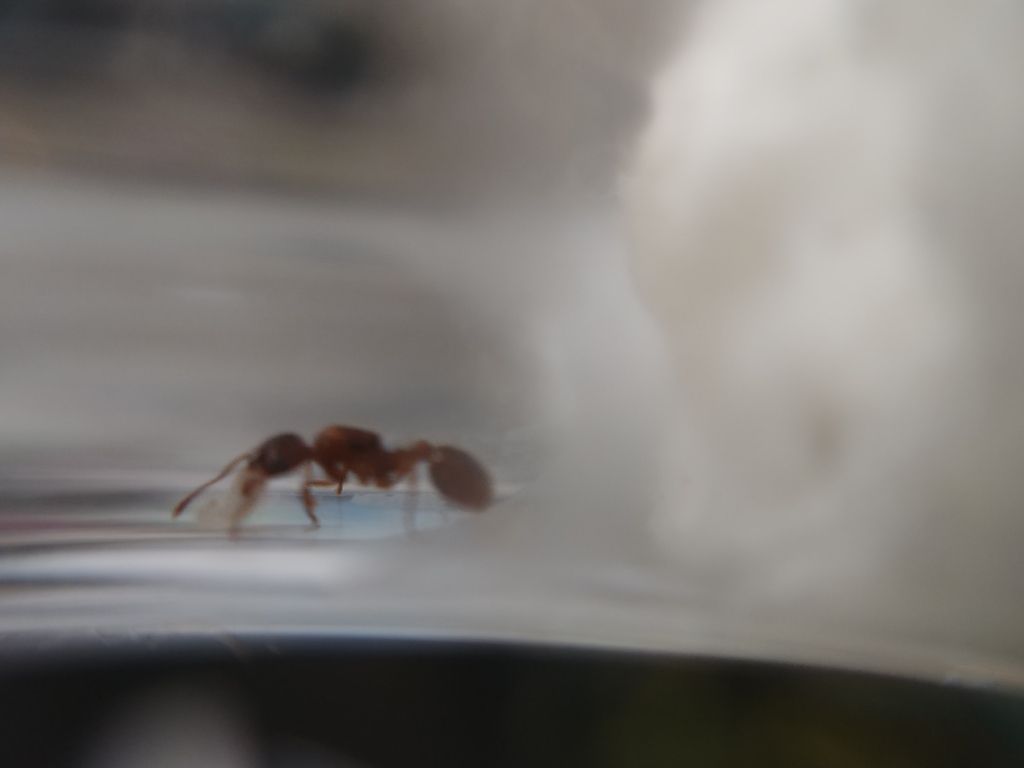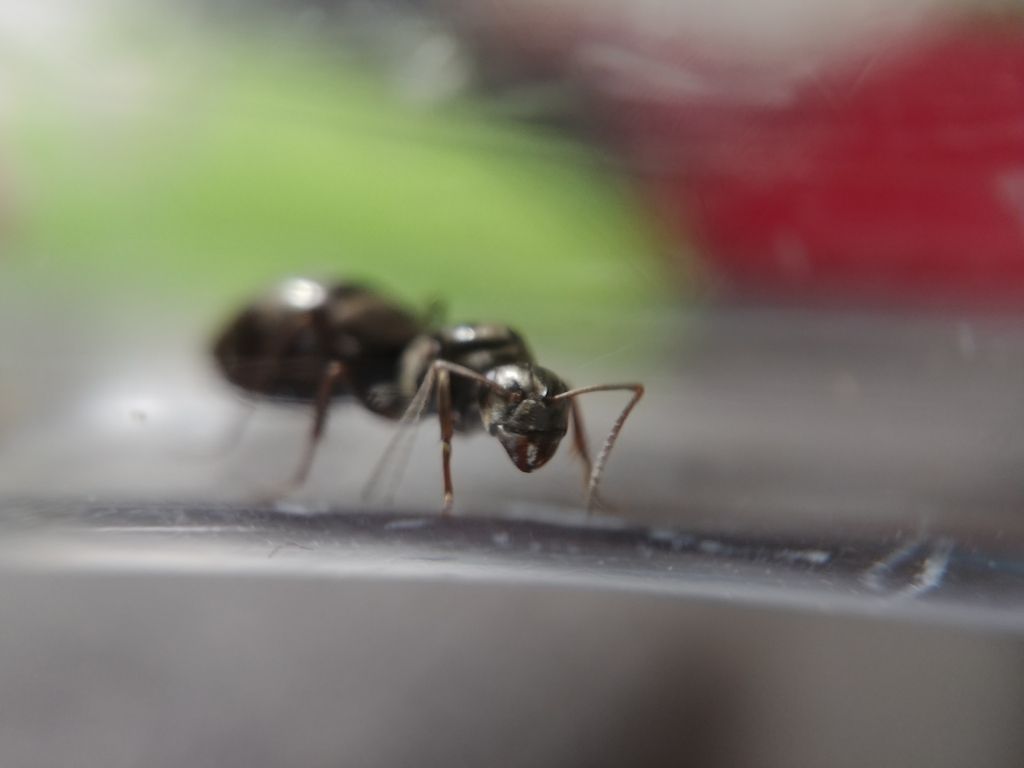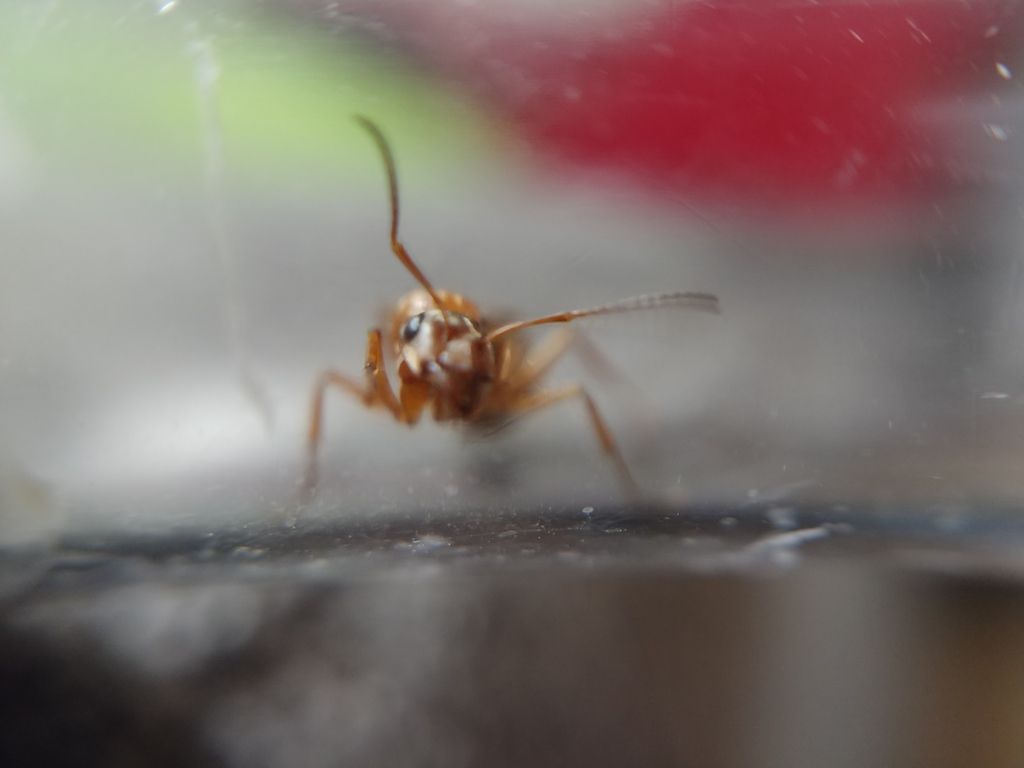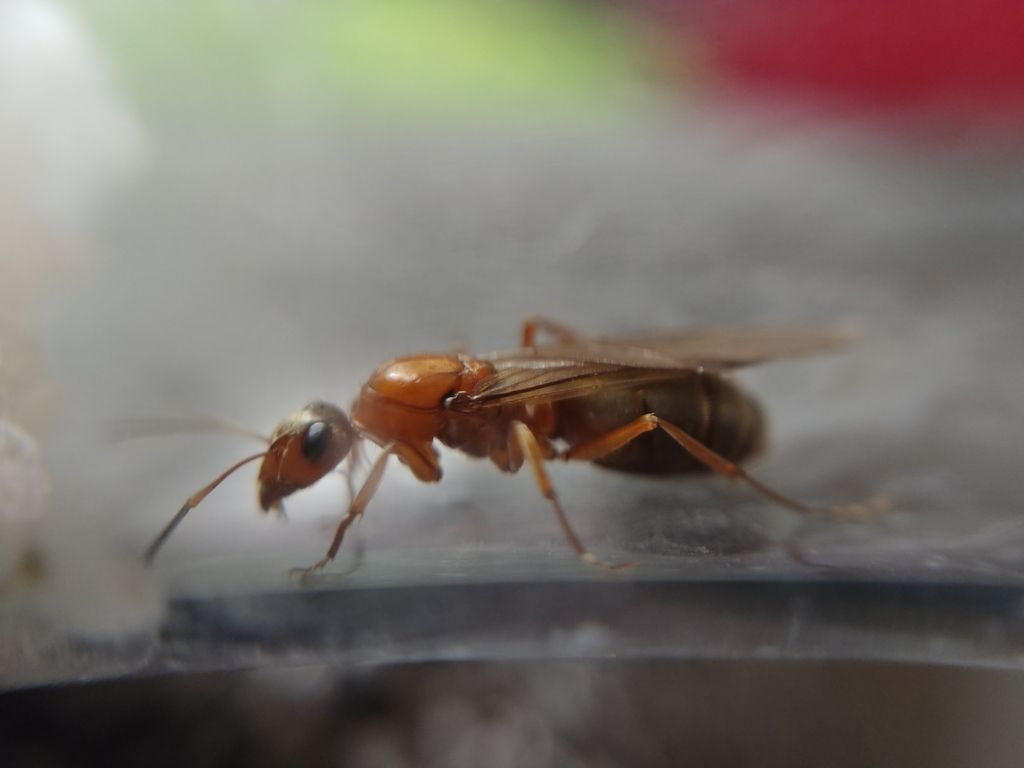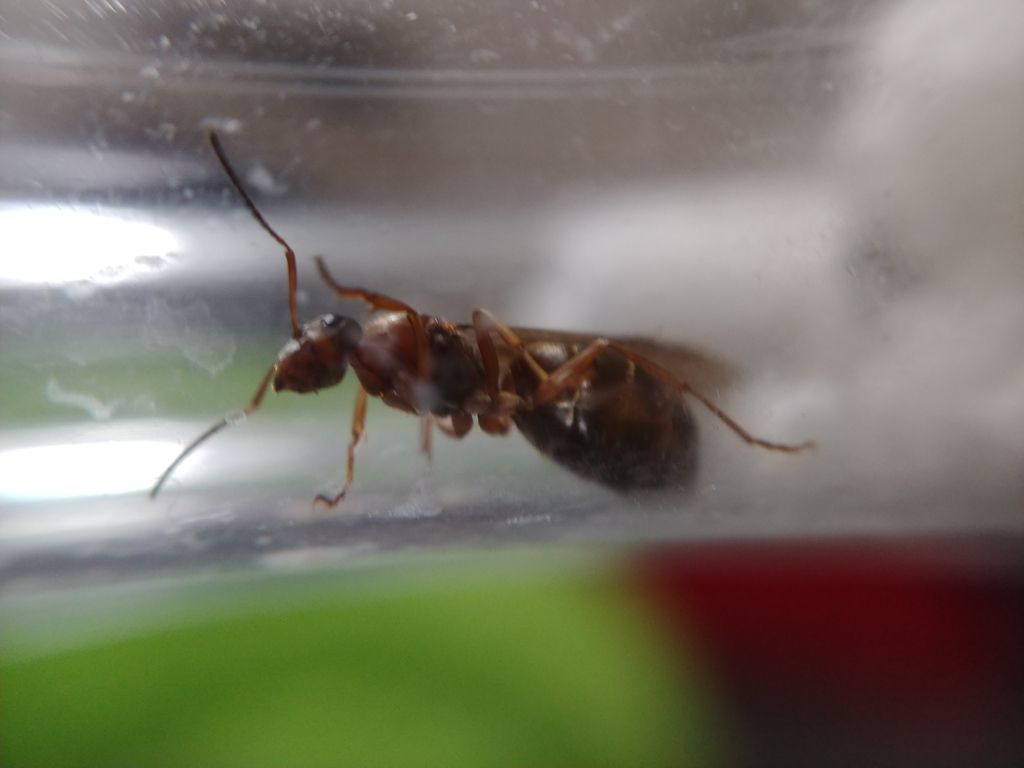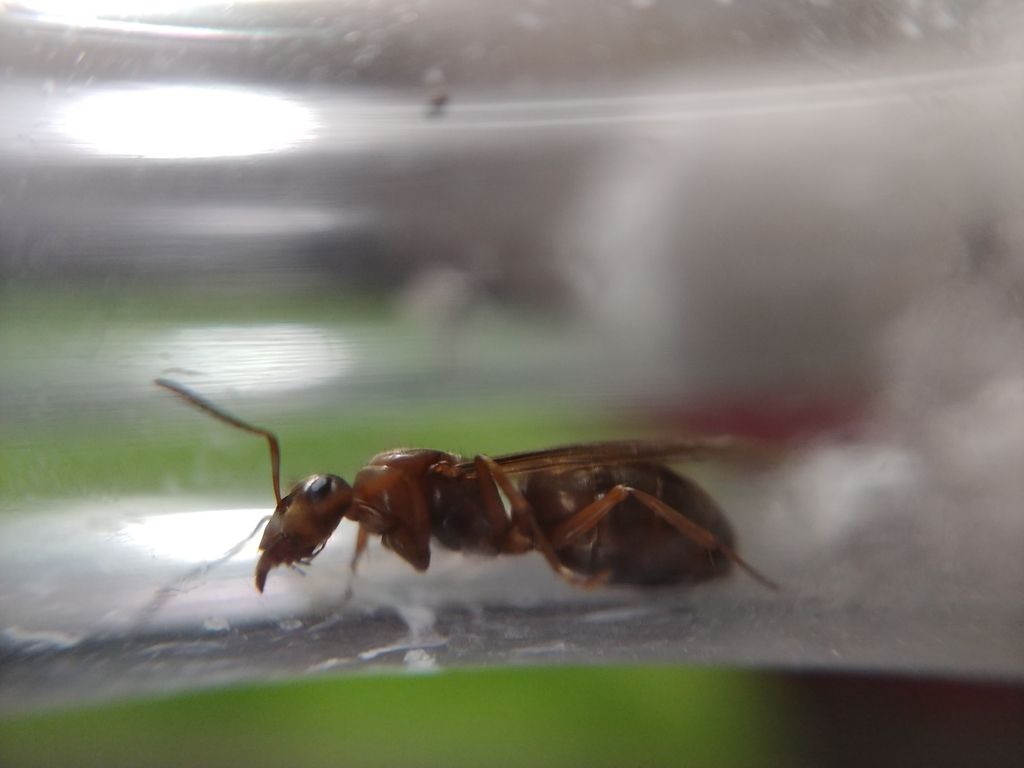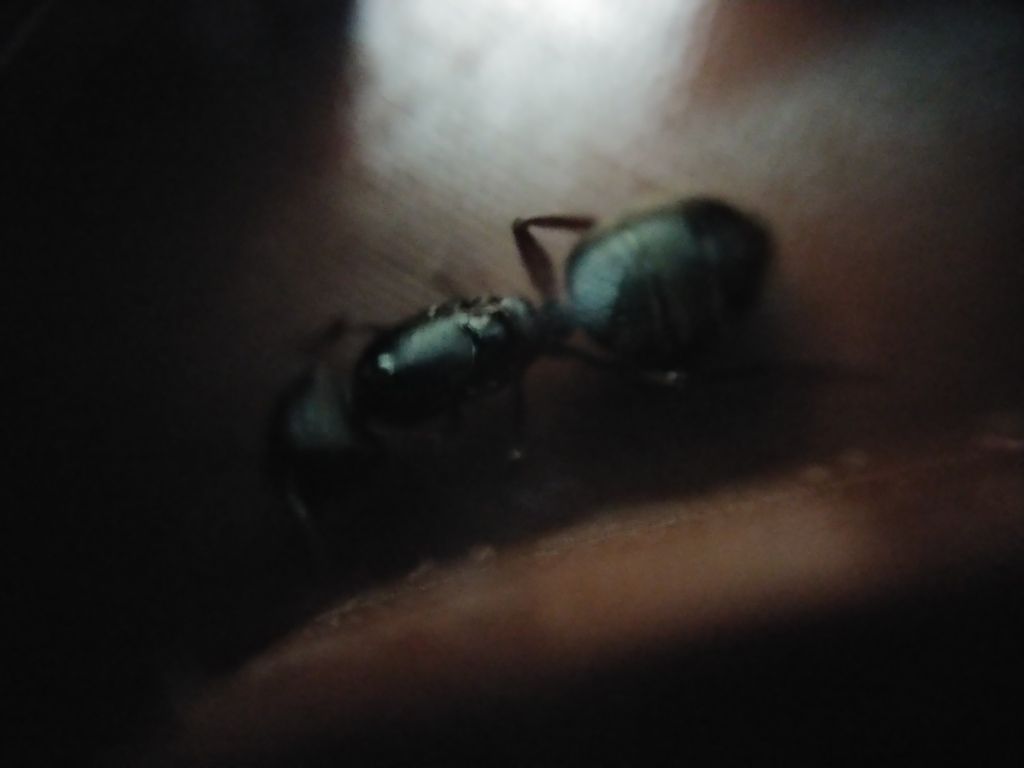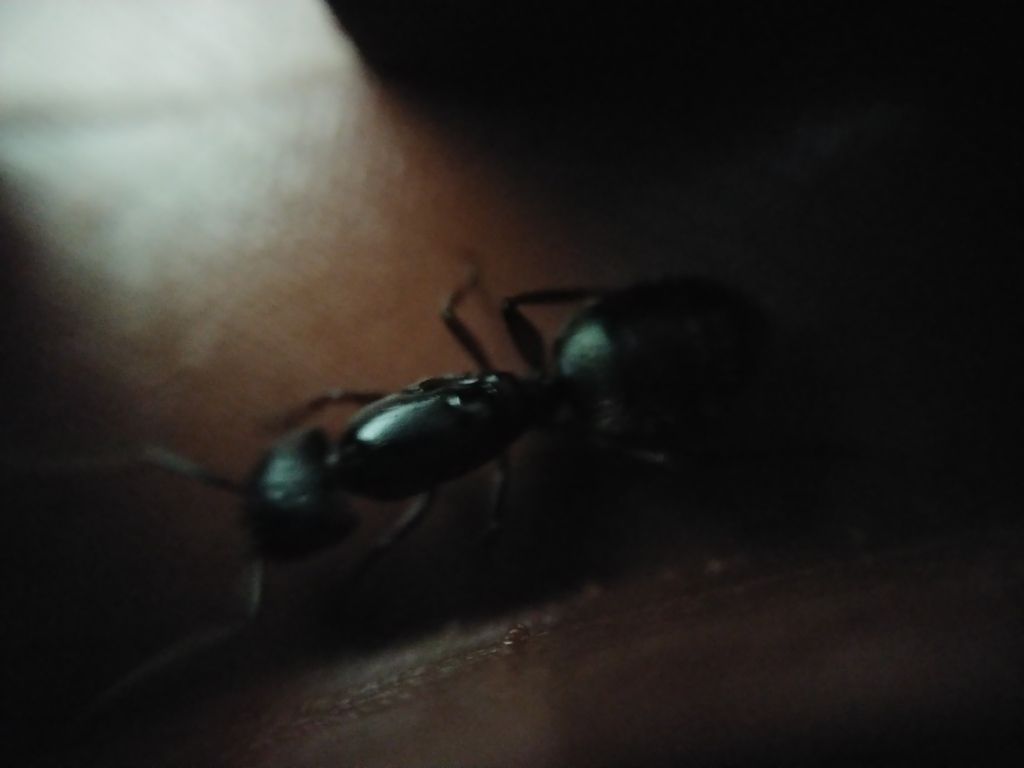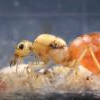I'd like to throw in a few options here. Formica subpolita or F. neorufibarbis (glossy less hairy) and F. pacifica or F. mccooki (more hairy) Based on an ID thread I posted last year answered by BSF. Since the region is more or less similar. (queen#1)
I agree with nurbs that the Camponotus is much more likely to be C. modoc then C. pennsylvanicus. See if it has dark red legs.
That queen is Myrmica, most likely the invasive species M. specioides. The other three that occur near the coast are M. incompleta, sometimes M. brevispinosa and M. rubra which is only in a few locations. M. incompleta is much larger around 7mm and black with red highlights, M. brevispinosa is a lighter orange colour. The rest of the Myrmica occur more inland around central WA. 6mm is well in the range of M. specioides and I've found queens that are as small as 5mm. M. rubra prefers irrigated lawns and spreads by budding here apparently so I doubt it would be off a highway.
Try taking getting a good pic of the scape. If it has a distinct angled bend then it is most likely M. specioides. If not and is noticeably more shiny it is probably M. rubra.
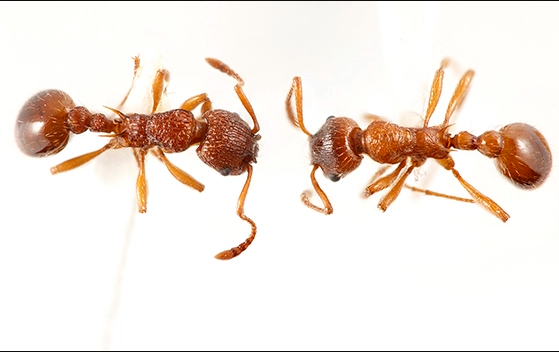
(Left: M. specioides, Right: M. rubra)
Still it's Myrmica so ¯\_(ツ)_/¯ good luck I guess.
Edited by LC3, March 26 2018 - 3:49 PM.





